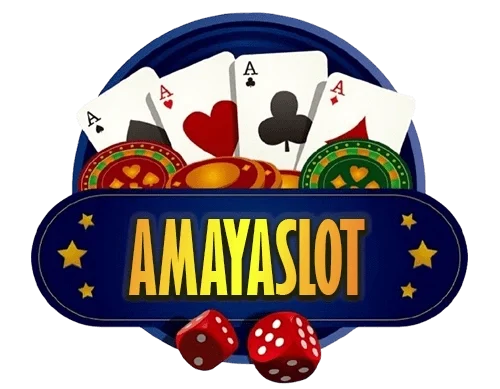Constraints often breed innovation, and nowhere was that more evident than on the PSP. Limited by size, battery life, and hardware power, developers were pushed to discover new ways to captivate players. Rather than 히어로 가입코드 compromise, many teams embraced the challenge, delivering PSP games that innovated instead of imitating. Whether through inventive controls, narrative shortcuts, or sleek game engines, these titles exemplified how limits can drive originality.
Consider “LocoRoco,” where gameplay hinged entirely on the tilt of the world itself—a simplistic but profound mechanic that turned platforming on its head. Or “Patapon,” which transformed rhythm into combat, requiring players to drum drum drum in tune or risk losing. These ideas weren’t born on consoles; they emerged because developers had to think differently. And the result? Creative experiments that felt fresh, fun, and wholly unique.
Those lessons carried over to console PlayStation games too. Innovations in haptic feedback, adaptive triggers, and dual-screen integration share DNA with those PSP-era experiments. Sony proved early that mechanics didn’t need to come from big budgets—they could come from brilliant ideas. And when players experienced those bright flashes of creativity, it raised expectations across the board. The best games became the ones that innovated—not just graphically, but conceptually.
In many ways, the PSP was a creativity lab for Sony. It gave developers space to try something unexpected without the demands of big-console economics. From there, ideas migrated upward, informing PlayStation games with fresh perspectives. Today, when new titles introduce ambitious mechanics or unconventional story structures, that legacy of experimental freedom is still at play. What began on a handheld screen continues to influence gaming’s future.
